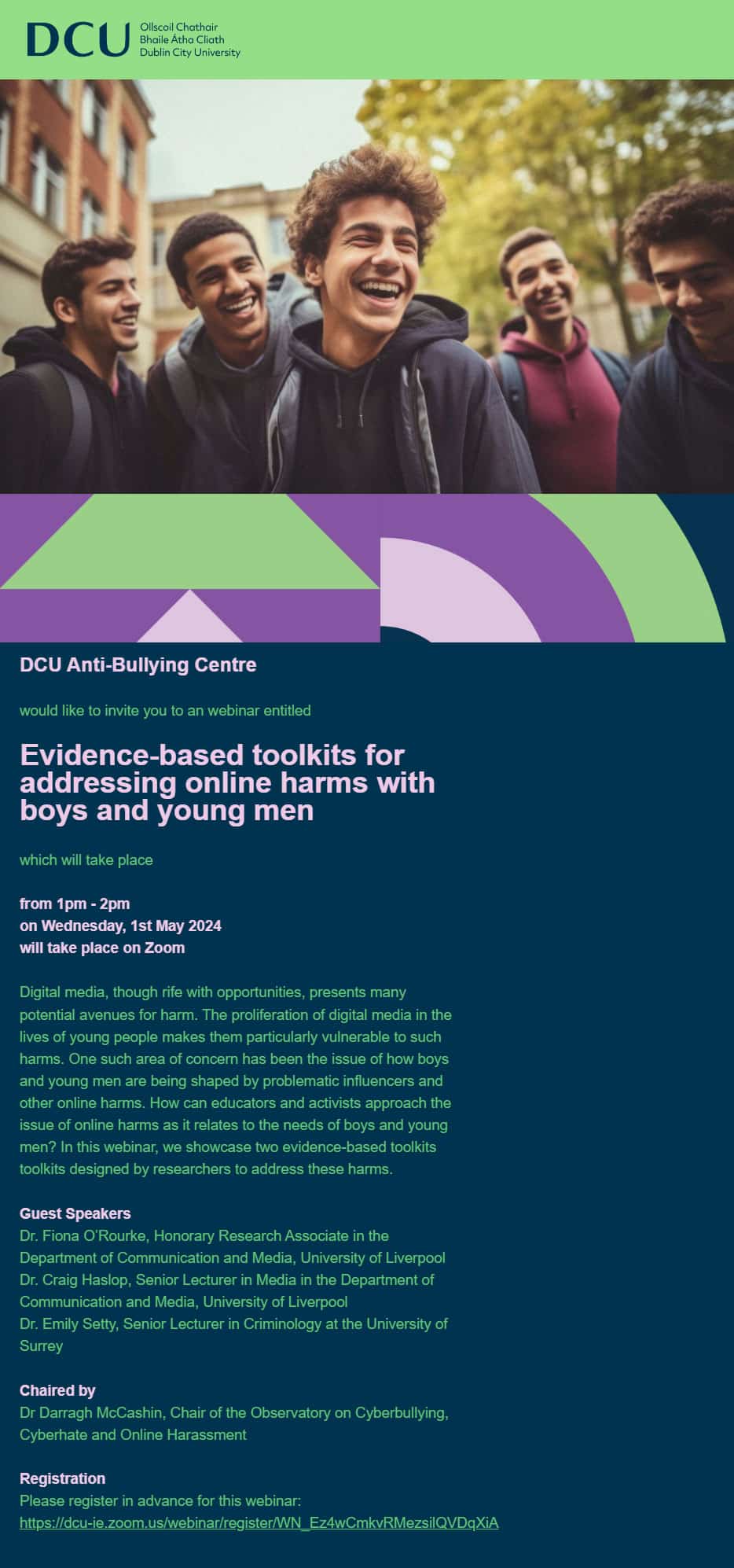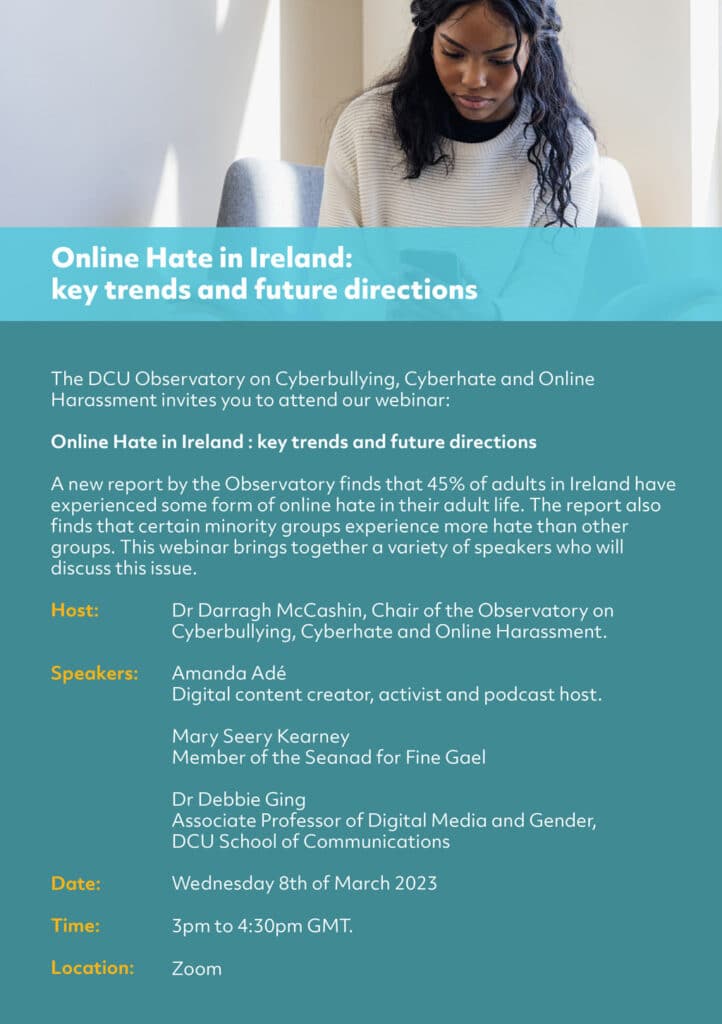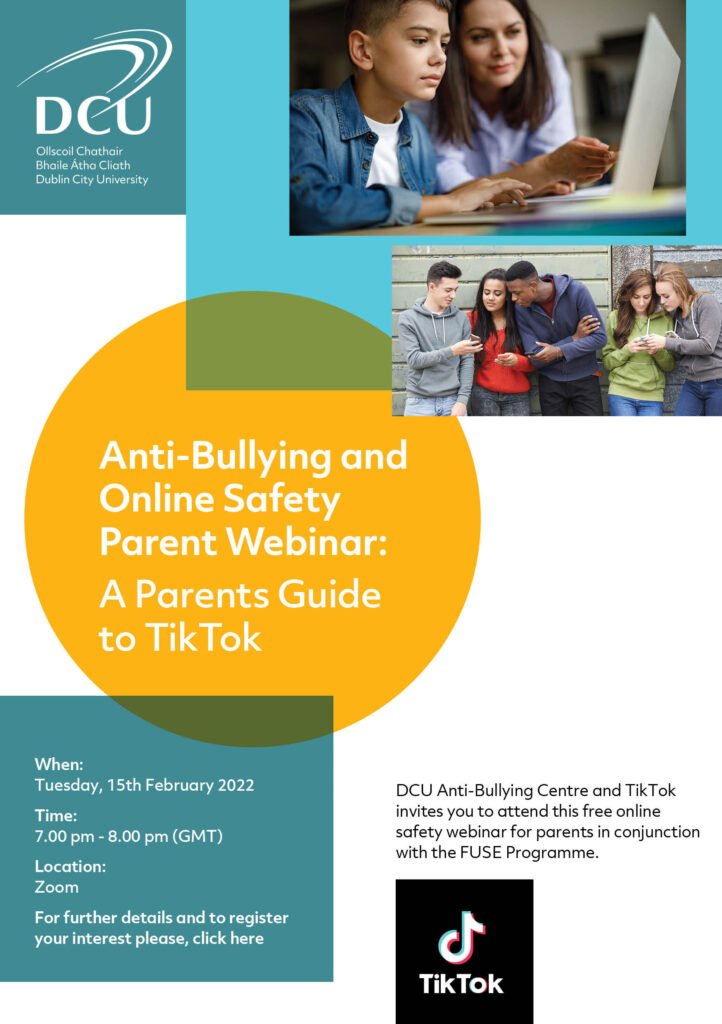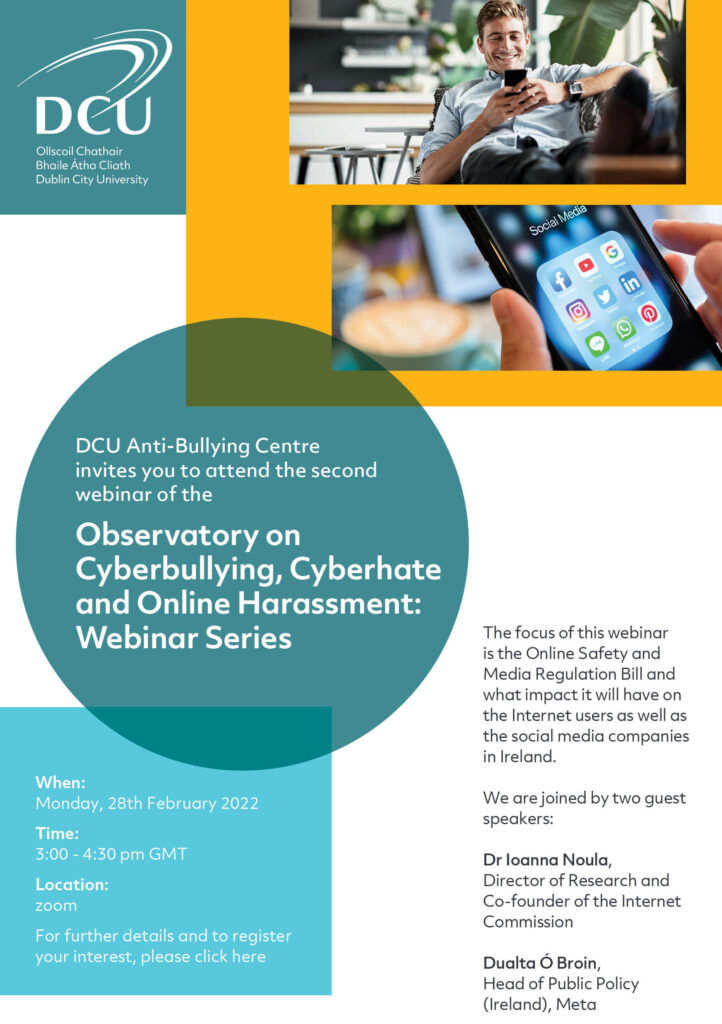Bullying is ubiquitous and a major cause of psychological distress and disease. While most bullying research investigating the predisposing, precipitating and perpetuating factors has focused on victims, important gaps remain regarding the theoretical drivers of bullying perpetration. Using sexual selection and intrasexual competition as a theoretical framework, researchers have argued that bullying is an evolved behaviour that enables bullies to obtain or maintain a strong position in the social hierarchy and have greater access to resources, including sexual and romantic experiences. Intrasexual competition comprises two key features: competitor derogation and self-promotion. Bullying could be considered as a type of repeated competitor derogation, but the extent to which bullies engage in self-promotion tactics is unknown. As body shape and size are of central importance to males and females in the context of intrasexual competition, the aims of this thesis were: to determine whether body weight or body image independently or jointly predict bullying role; and to examine the extent to which bullies, victims and bully-victims are preoccupied with self-promotion through body alteration, and whether this is related to psychological functioning. A large school-based study (The Bullying, Appearance, Social Information Processing and Emotions Study; The BASE study) of adolescents in the UK was conducted. Study 1 investigated whether body weight or body image (i.e., actual or perceived underweight or overweight) was independently associated with bullying role (bully, victim or bully-victim), and whether body weight and body image interacted to predict bullying role amongst adolescent boys and girls. Study 2 examined whether bullies, victims and bully-victims were at increased risk of weight loss preoccupation compared to adolescents uninvolved in bullying, whether psychological functioning mediated the relationship between bullying role and weight loss preoccupation, and whether sex was a key moderator. Study 3 examined whether bullies, victims and bully-victims had a higher desire for cosmetic surgery compared to adolescents uninvolved in bullying, whether the relationship between bullying role and desire for cosmetic surgery was direct or mediated by psychological functioning, and whether any effects were sex-specific. The findings offer several new contributions to knowledge. Firstly, it was revealed that body image, rather than actual body weight, is associated with being a victim and bully-victim. Bullies were of average weight and were more likely to be at an advanced pubertal status (girls only). Secondly, being a male or female bully was directly associated with increased desire for cosmetic surgery and weight loss preoccupation (boys only). The relationship between being victimised (as a victim or bully-victim) and cosmetic surgery desire and weight loss preoccupation was mostly mediated by reduced psychological functioning. Overall, victims had the highest desire for cosmetic surgery, whilst bully-victims had the highest weight loss preoccupation; there were no significant differences between male and female victims or bully-victims. In conclusion, the findings that male and female adolescent bullies are engaging in or cognizing about self-promotion strategies to improve physical appearance, which was unrelated to psychological functioning, are consistent with the theory of bullying as a form of intrasexual competition. Bullies are thus multi-strategic in their attempt to obtain or maintain social dominance. Bullied adolescents are similarly concerned about their appearance, but this is mostly because of reduced self-esteem, body-esteem and emotional problems as a result of being bullied. Thus, adolescents involved in bullying are at increased likelihood of attempting to alter their physical appearance, albeit via different pathways and with likely different outcomes. The research advances theoretical understanding about bullies and has practical implications for understanding the body concerns and self-promotion tactics of bullies, victims and bully-victims.
Search Results for “Efficient 300-740 Flexible Learning Mode | 300-740 100% Free PDF Download 🥏 Copy URL 「 www.pdfvce.com 」 open and search for ➤ 300-740 ⮘ to download for free 🤬Valid 300-740 Mock Test”
Introduction: Cyberbullying is a complex and multifaceted public health issue among young people. Research indicates deleterious effect on the mental health and wellbeing of victims which warrants action to address this issue. Adults do not have first-hand experience of cyberbullying in their youth and so the development of prevention and intervention strategies can benefit from the engagement of young people’s perspectives. However, young people’s voices are largely absent from the current discourse. This thesis aims to explore the nature, causes, and consequences of cyberbullying from the perspective of young people with a view to informing the development of evidence-based prevention and intervention strategies.
Methods: The research was framed by the Medical Research Council guidelines for intervention development. Qualitative and participatory research methods were employed. In the first instance a systematic review and meta-ethnographic synthesis of qualitative studies related to young people’s conceptualisations of cyberbullying was conducted. Secondly, a rights-based model was developed to facilitate the active involvement of young people in the research process. A Young Person’s Advisory Group was purposefully formed to collaborate in the design, conduct, and interpretation of a qualitative study of young people’s perspectives on cyberbullying as well as in priority setting for intervention development. Young People’s involvement in the Advisory Group was evaluated to determine the effectiveness off the model in facilitating young people’s participation in the research process and the acceptability of the approach. The co-designed qualitative study comprised focus groups with secondary school students which were conducted in the school setting.
Findings: The meta-ethnography highlighted that the fundamental role of cyber technology in young people’s lives and the complexity and ambiguity of the cyber world in which they connect are inherent to young people’s conceptualisations of cyberbullying. The participatory evaluation of young people’s involvement in the research process indicated that the elements necessary for the effective realisation of young people’s participation rights were present in this study. Based on their interpretation of preliminary findings from the qualitative study, Advisory Group Members identified the non-consensual distribution of nude images and the mental health impact of cybervictimisation as serious concerns for young people and priorities for intervention development. Findings indicate that non-consensual distribution involves a complex process that is produced by, and reinforces, gender power dynamics. Young males, under pressure to conform to societal constructs of masculinity, coerce females to send explicit images which are screenshot and intentionally distributed, without consent, to male peers in exchange for social kudos. Regarding the mental health impact, cyberbullying was described as more psychological in nature and impact than traditional bullying with increased deleterious effect on the mental health and wellbeing of victims. Analysis identified several barriers which prevent victims from seeking social support and participants’ perception that suicide is a viable escape route for young victims defeated and entrapped by cybervictimisation.
Conclusion: This research makes a valuable contribution to the existing knowledge base in that it privileges youth voice on the nature, causes, and consequences of the phenomenon and highlights young people’s priorities with regard to intervention development. In response to research findings and suggestions from the Young Person’s Advisory Group a number of recommendations are made in relation to research, policy, and practice which are grounded in young people’s experiences, values, and norms.
The transition year students and Staff of Castletroy College, Limerick have been working with the team from the Anti-Bullying Centre and DCU School of Inclusive and Special Education on the Young Ambassadors Against Bullying and Cyberbullying (YAB) project. The YAB Project is an Erasmus+ funded project led by Spain with Italy, Croatia, and Ireland as partners. The YAB Project aims to provide innovative support to facilitate the agency and voices of young people with and without disabilities in the area of bullying prevention. The YAB project aimed to support young people with or without disabilities to become ambassadors against bullying in their schools and provide specialist training for teachers working with them to promote equity, diversity, and inclusion in schools.

The partners from across the different partner countries worked together to develop an online platform to support the training and support of participating school staff and students. It is envisaged that an online platform would also provide resources and support to educators working with young people. There were two inter-country meetings, one in Dublin and a second in Madrid.
In Ireland, the team from the ABC and the School of Inclusive and Special Education worked with Castletroy College to develop anti-bullying campaigns, peer education activities, and projects in schools. These were devised by the students with the support of their teachers to tackle bullying/cyberbullying issues and contribute to the development of inclusive school cultures and social climate. These can be seen in this video where the students talk about their experiences of the project and discuss the impact that the YAB project had on their understanding of bullying and cyberbullying.


The Anti-Bullying Centre are greatly looking forward to platforming and celebrating the work of the staff and students of Castletroy at an event on Monday, February 26th between 10am and 1pm. The range of initiatives and projects the students have produced are a testament to the creativity and commitment the students have shown in their engagement with the YAB project and are greatly impressive. The commitment and support of the staff at Castletroy College are also clear in these initiatives.
The DCU Anti-Bullying Centre (ABC) has published the symposium report Re-Imagining Ethics and Research with Children, following a groundbreaking event held on 29 April 2024 at DCU’s All Hallows Campus. The symposium brought together researchers, educators, and professionals from institutions such as Dublin City University, University College Dublin, Barnardos Ireland, and Webwise to explore the ethical challenges of conducting research with children.
Key discussions at the event focused on child-centred and rights-based research methodologies, aligning with the United Nations Convention on the Rights of the Child (UNCRC). Participants discussed issues of informed consent, power dynamics in research spaces, and the role of children as active contributors rather than passive subjects.
The symposium was opened by Prof. Anne Looney, Executive Dean of the DCU Institute of Education, who emphasised the importance of bridging policy and practice in ethical research. The discussions highlighted the need for reflexivity, adaptability, and participatory approaches that ensure children’s voices are respected and influence decision-making.
The full symposium report, authored by Dr Sinan Aşçı, Dr Megan Reynolds, Dr Sayani Basak, Dr Maryam Esfandiari, and Prof James O’Higgins Norman, is now available.
Read the full report here.
Aim: This research sought to understand the experience and perception of relational bullying among young people in England. Background: Bullying among young people has been widely acknowledged as a public health concern. Bullying behaviours can be categorised as physical, verbal, relational and cyber. Relational bullying causes harm through the systematic manipulation and damage of peer relationships and may include behaviours such as rumour spreading and social exclusion. Evidence indicates relational bullying can be detrimental for young people’s wellbeing, but it is often considered to be less harmful than other forms of bullying. Wider perceptions among adults and young people suggest these behaviours are commonly not defined as bullying, particularly in a UK context. Further, relational bullying has traditionally been perceived as a female form of aggression. The way in which relational bullying is perceived is likely to influence detection and intervention efforts; considering the potential negative outcomes for young people, relational bullying warranted further exploration from the perspective of young people themselves. The social-ecological theory has been applied within the study of bullying as it acknowledges the social context in which these behaviours happen; the social-ecological theory may be particularly pertinent to the study of relational bullying which often occurs among friendship groups.
Methods: The social-ecological theory was adopted as a guiding theoretical framework, positioning young people central in the research. A sequential mixed methods approach was employed, with the quantitative methodology playing a dominant role. Secondary analysis of data from 5335 young people (aged 11, 13 and 15 years old) who participated in the 2014 Health Behaviour in School-aged Children (HBSC) study in England was undertaken. Descriptive statistics established the prevalence and demographic picture of relational bullying. A series of three multilevel regression models examined the association between relational bullying and three health and wellbeing outcomes: general self-rated health, health related quality of life (HRQL) and life satisfaction. A fourth multilevel regression model identified factors from the ecologies of young people which helped them to successfully navigate relational bullying. The quantitative findings informed 11 face-to-face interviews with young people (aged 12-18 years), providing a unique opportunity to gain in-depth insight into young people’s perspective of relational bullying and the factors which they perceived as influencing the navigation of relational bullying.
Results: The quantitative analysis identified 16.6% of the young people (13.7% of boys and 19.7% of girls) had experienced relational bullying in the ‘past couple of months’ prior to the survey. Multilevel regression models identified a significant association between experiencing relational bullying and reporting poorer health and wellbeing outcomes, whilst controlling for other forms of bullying and demographic variables. Possessing positive attributes in relation to body image, general self-efficacy, family activities and family support significantly increased the odds of reporting improved wellbeing amongst those who experienced weekly relational bullying. Thematic analysis of qualitative data resonated with the quantitative findings, also illustrating the harmful effects of relational bullying and identifying internal (e.g., personal wellbeing) and external (e.g., the family) resources which young people perceived as supporting them through relational bullying. Further, the qualitative findings provided insight into the perspectives and experiences of young people, including the role of social media and friends in relational bullying. Both the quantitative and qualitative findings were united in order to inform the development of the Young People’s Relational Bullying model, which provides a visual illustration of how young people experience and perceive this form of bullying.
Conclusions: Relational bullying is significantly associated with the health and wellbeing of young people. Bullying interventions, and those which help enable young people to manage friendships and peer relationships successfully, are likely to have considerable reach in terms of improving the health of young people. The results challenge the assumption of relational bullying as a female problem, with both boys and girls reporting equal levels of distress from relational bullying. The research identifies factors from the young person’s perspective which may help and hinder the navigation of relational bullying – the family plays a crucial role in mitigating the negative effects, supported by both the quantitative and qualitative results. The Young People’s Relational Bullying model provides a framework for understanding relational bullying, with a focus on the young person’s perspective. Considering wider inconsistent understandings of relational bullying it was important to recognise how young people themselves experience these behaviours. While this study specifically focused on relational bullying, the results are likely to have relevance to other forms of bullying.
My aim is this thesis is to explore how and why Korean female clerical workers have experienced sexual harassment within the organisational structure of their workplaces. My data derives from qualitative interviews with 28 female clerical workers who work in Seoul, South Korea. However, my own position and experiences as a Korean feminist scholar are also embedded within the research process and explicitly incorporated into my analysis. Despite having focused upon the experiences of Korean female workers, this thesis will contribute to an understanding of how experiences of women as sexual victims are embedded within the oppressive of heterosexuality and male-dominated organisational culture regardless of the socio-cultural differences of each society. In order to do so, this thesis first highlights the specificities of Korean heterosexuality and heterosexual culture whilst also examining features of organisational culture in relation to both gender and sexuality. This approach reflects my belief that incidents of sexual harassment are deeply embedded within the socio-cultural features of each society and, in particular, based upon the changing and ongoing features of gender and sexual culture. The representative elements of Korean heterosexuality are identified as the enforcement of female sexual chastity and subservience and the permitting of solely marital sexual relations for women, while men expect varied sexual experiences. The super-heterosexual forces are interrelated with the promotion and maintenance of male-dominated and sex-discriminatory organisational culture. Thus, I understand the specific features of Korean heterosexuality and organisational culture to be the predominant contributors in the perpetuation of sexual harassment within Korean workplaces. In relation to experiences of sexual harassment, I suggest that the definition of sexual harassment is both flexible and contextual and its varieties diversely constituted within the socio-cultural features of each society. Moreover, I discover the fact that the victims’ reluctance assertively to respond to sexual harassment is greatly affected by heterosexual and male-dominated organisational culture. Therefore, my suggestion is that possible strategies to combat sexual harassment would be also based upon these socio-cultural features.
School climate is a crucial concept used to explain school differences. Nevertheless, this concept is elusive in the literature, conveying different meanings. To address the relation between school climate and school outcomes, its historical roots are reviewed and a multivariate approach to it is proposed, in contrast to a unidimensional conception. In four papers, this strategy is used to study associations among various school climate factors (SCFs) and school outcomes, including teacher turnover, teacher job satisfaction, students’ math achievement, and students’ social attitudes. In paper 1, schools serving more socioeconomically disadvantaged students are found to present higher rates of teacher turnover. A complementary study shows that SCFs (supportive school leadership, positive school relationships, and academic monitoring) present differing effects on teacher turnover. In paper 2, the relationships between SCFs (teacher student relations and school discipline) and teachers’ job satisfaction and withdrawal cognitions (intentions to quit) are estimated. These SCFs appear to play a protective role with respect to teachers’ withdrawal cognitions, and these effects are indirect via their relationship to teachers’ job satisfaction. In paper 3, the relationship between the experience of bullying and students’ achievement is addressed. The relationship is found to be indirect, with key roles played by perceptions of school belonging and students’ classroom engagement. Finally, in paper 4 the relationship between civic knowledge and the endorsement of democratic values is estimated. This link is found to be partially mediated by ideological beliefs (authoritarianism), and the role of open classroom discussion (a SCF) as a moderator of these effects is demonstrated. This work demonstrates that in order to specify theory-driven models of different school outcomes, school climate should be conceptualized as diverse social-contextual effects operating in a complex multivariate setting with mediated and moderated pathways to outcomes.




